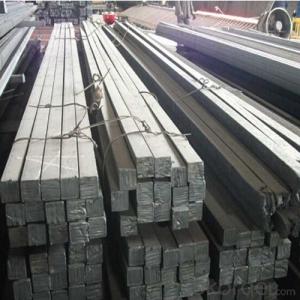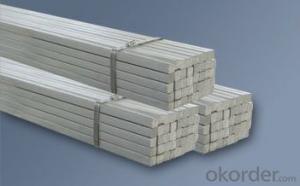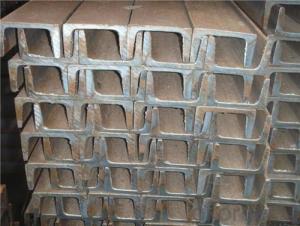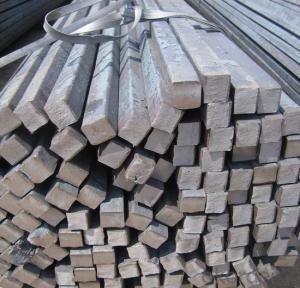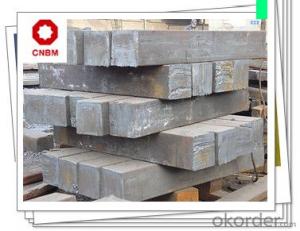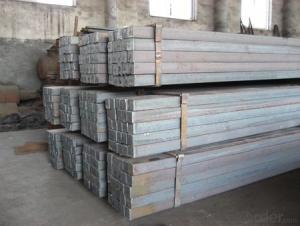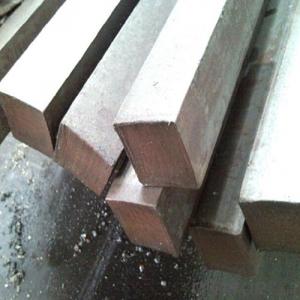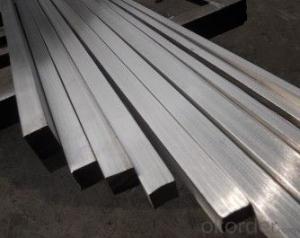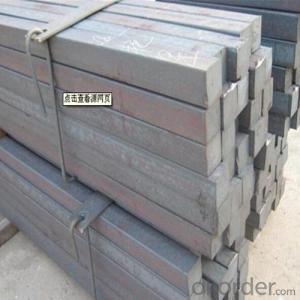Billet Aluminum Bar Stock
Billet Aluminum Bar Stock Related Searches
Led Light Bulbs For Ceiling Fixtures Led Lamps For Ceiling 42 In Ceiling Fan With Light Aluminum Coil Stock For Gutters Aluminum Foil For The Grill Hole Saw For Aluminum Plate Aluminum Tread Plate For Trailer Bow Plate For Aluminum Boat Aluminum Foil For Grow Room Aluminum Foil For Joint PainHot Searches
Stock Price For Aluminum Aluminum Coil Stock For Sale Aluminum Gutter Coil For Sale Used Aluminum Scaffolding For Sale 1/4 Aluminum Plate For Sale Aluminum Bar Stock For Sale Aluminum Round Stock For Sale Aluminum Diamond Plate For Sale Aluminum Scaffolding For Sale Craigslist 6061 Aluminum Plate For Sale Aluminum Dock Plate For Sale 7075 Aluminum Plate For Sale Aluminum Tread Plate For Sale Aluminum Checker Plate For Sale Aluminum Plate For Sale Near Me Plate Aluminum For Sale Aluminum Plate For Sale Aluminum Square Stock For Sale Aluminum Flat Stock For Sale Billet Aluminum Stock For SaleBillet Aluminum Bar Stock Supplier & Manufacturer from China
Okorder.com is a professional Billet Aluminum Bar Stock supplier & manufacturer, offers integrated one-stop services including real-time quoting and online cargo tracking. We are funded by CNBM Group, a Fortune 500 enterprise and the largest Billet Aluminum Bar Stock firm in China.Hot Products
FAQ
- In order to generate parallel lines, one must adhere to a few straightforward measures when utilizing a steel square. Firstly, position the steel square on the designated surface or material where the parallel lines are desired. It is essential to ensure that the longer side of the square aligns parallel to the material's edge. Subsequently, employ a pencil or scribe to mark a straight line along the steel square's edge. It is crucial that the line is of sufficient length for the intended parallel lines. Once the initial line has been created, proceed to slide the steel square along the edge, guaranteeing alignment with the previously marked line. Continuously verify that the longer side of the square remains parallel to the material's edge. Using the same pencil or scribe, proceed to mark another line along the steel square's edge. This line should run parallel to the first one that was made. Repeat this procedure as many times as necessary to achieve the desired quantity of parallel lines. On each occasion, shift the steel square along the edge and delineate a fresh line that is parallel to the preceding one. By employing a steel square in this fashion, one can effortlessly produce precise and parallel lines on a diverse range of materials, such as wood, metal, or paper. The steel square acts as a guide, ensuring the maintenance of parallel alignment and accuracy in measurements.
- Yes, a steel square can be used for roofing tasks. A steel square, also known as a framing square or carpenter's square, is a versatile tool commonly used in construction and roofing. It is typically made of steel and has various measurements and angles marked on its surface. This tool is useful for laying out and marking roof rafters, determining angles and cuts, and ensuring accurate measurements during the roofing process. Its sturdy and durable construction makes it suitable for handling the demands of roofing tasks.
- No, a steel square is not typically used for checking the plumbness of posts. A level or a plumb bob is more commonly used for this purpose.
- To ensure the correct angle for a bridle joint using a steel square, you would first mark the thickness of the material on both the face and edge of the stock. Then, place the steel square against the edge of the stock and align it with the face mark. Next, transfer the angle by marking a line along the inside edge of the steel square. Repeat this process on the other piece of stock, ensuring that the angle lines up perfectly. This will help create a precise and accurate bridle joint angle.
- Yes, a steel square can be used for carpentry tasks. It is a versatile tool that can be used for measuring, marking, and checking angles in carpentry projects. Its durability and precision make it suitable for various tasks, such as laying out and cutting accurate angles, checking for squareness, and marking straight lines.
- A steel square, also known as a framing square or carpenter's square, is a versatile tool used by carpenters and roofers for various measurements and calculations. When it comes to determining roof pitches, a steel square can be extremely helpful. One of the key features of a steel square is its ability to measure and lay out angles. It consists of two arms, a longer one called the blade and a shorter one called the tongue, joined at a 90-degree angle. Along the edges of the blade and tongue, there are various markings and measurements which aid in determining roof pitches. To determine the pitch of a roof using a steel square, the tool is first placed on the roof surface. The blade is positioned parallel to the roof ridge, while the tongue is aligned with the roof slope. By adjusting the square and observing where the tongue meets the roof, one can easily determine the pitch of the roof. The steel square offers a range of measurements and angles to calculate different roof pitches accurately. For instance, the rafter tables on the blade of the square provide the necessary information to determine the length and angle of the roof rafters. By aligning the proper measurements and angles on the square with the desired pitch, roofers can easily determine the necessary cuts and angles for the roof rafters. Additionally, a steel square can also be used to measure and mark the pitch on other roofing materials, such as shingles or tiles. By aligning the square with the desired pitch, one can easily transfer the measurements onto the roofing material, ensuring accurate installation. Overall, a steel square is an essential tool for determining roof pitches as it provides accurate measurements, angles, and markings. Its versatility and ease of use make it an invaluable tool for carpenters and roofers alike, ensuring precise calculations and efficient roof installations.
- To use a steel square for marking and cutting finger joints, first, align the square's blade against the edge of the wood board. Then, mark the desired depth and width of the finger joint on the wood using the square's measurements and lines. Next, use a saw to cut along the marked lines while ensuring the square remains steady against the wood. Finally, repeat the process on the adjoining piece of wood to create the matching finger joint, ensuring the measurements align for a precise fit.
- Yes, a steel square can be used for wainscoting installation. A steel square is a versatile and durable tool that is commonly used in carpentry and woodworking projects. Its primary purpose is to assist in measuring and marking right angles and ensuring accurate cuts and joinery. When installing wainscoting, a steel square can be used to mark and measure the height and width of the panels, as well as to ensure proper alignment and levelness during installation. It can also be used to check for squareness and make precise cuts when trimming the panels to fit around corners or obstacles. Overall, a steel square can be a valuable tool for achieving precise and professional-looking wainscoting installation.




































